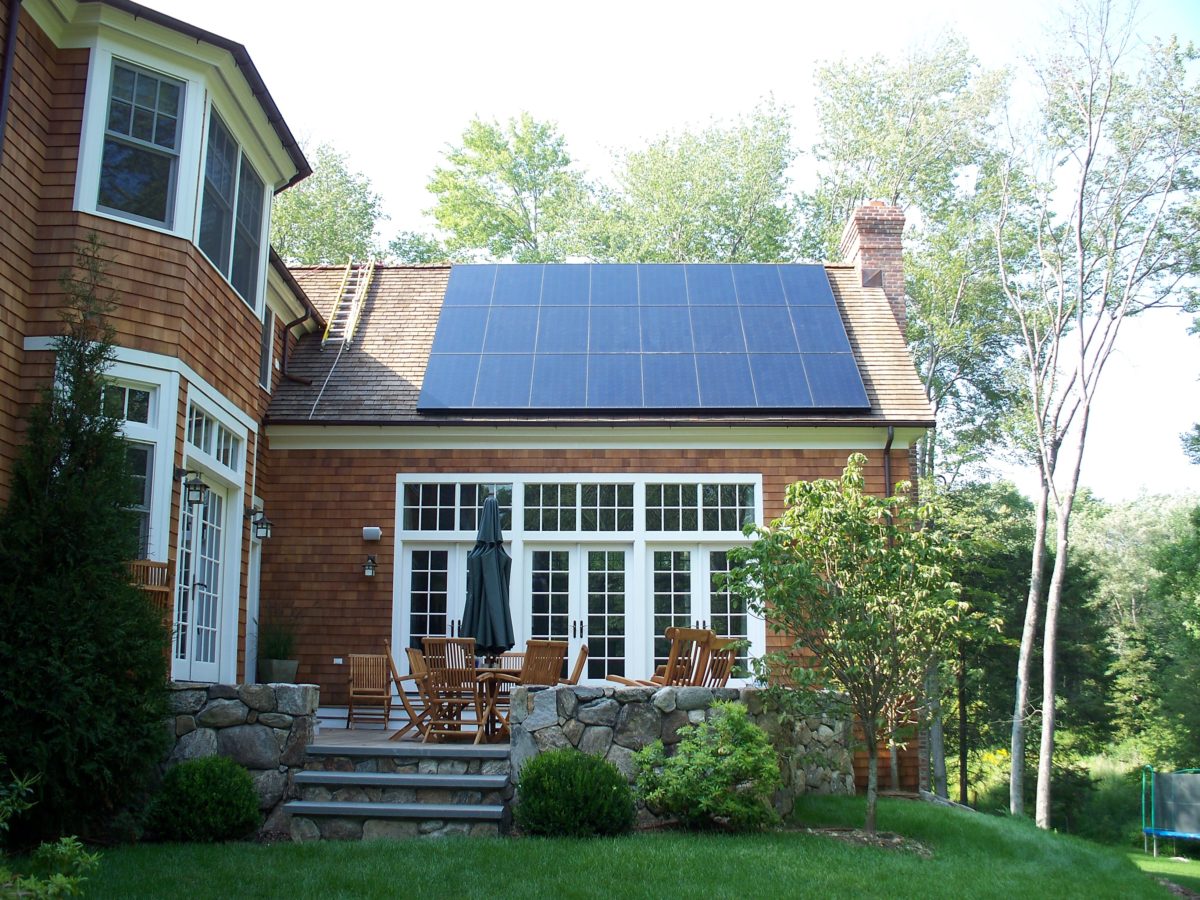Connecticut utilities proposing a distribution grid upgrade project that would cost more than $1 million would soon be expected to issue a competitive non-wires alternatives (NWA) solicitation, under a proposed program developed by the Connecticut Public Utilities Regulatory Authority (PURA). An NWA bid that met the “grid needs” that the grid upgrade project was intended to meet, at lower cost, would win a contract. Some smaller upgrade projects might also trigger a solicitation.
Other states besides Connecticut that already allow distributed resources to compete with planned distribution grid upgrades include California, Hawaii, Minnesota, New York and Rhode Island, said Lauren Shwisberg, a manager at the nonprofit RMI, who co-authored a 2018 report on non-wires solutions.
Under Connecticut’s proposed program, an NWA bidder could propose to meet the grid needs identified by the utility with distributed solar, storage, demand response, or energy efficiency, including aggregated resources.
The Northeast Clean Energy Council (NECEC) and RENEW Northeast said in joint comments that they backed the $1 million presumptive threshold for a solicitation, saying that level is “appropriate to provide enough value to spur market engagement.”
The groups said that for the program to be successful, competition would be key, with distribution utilities “incented to choose the most competitive and reliable solution regardless of who owns the NWA resources.” Transparency is also key, they said, to provide clarity to bidders on the solution being sought, the criteria by which a project will be evaluated, and the deadline for project completion.
NECEC keeps “hammering on the importance of the grid,” the group said on Twitter, because “as we electrify vehicles and heating, we have to build out a grid that can deliver all the power.” The grid consists of long-distance transmission, and local distribution circuits that deliver power to customers.
Distribution grid upgrades
A traditional distribution grid upgrade may involve a substation or a distribution “feeder,” the electric circuit that extends from a distribution substation to deliver electricity to end users. A feeder upgrade may involve new conductors (commonly known as wires) that have higher capacity, transformers, voltage regulators and monitoring equipment, according to a working paper from the Energy Institute at Haas.
California utility PG&E will need to upgrade about half of its distribution circuits by 2030, and about 80% by 2050, as the state pursues electrification of vehicles and heating, the working paper projected, while only a small percentage of substations would need upgrades.
A “roadmap for the lowest cost grid” prepared by Vibrant Clean Energy, and cited in the white paper, projected that greatly expanding local solar and storage nationwide would save $473 billion by 2050.
This content is protected by copyright and may not be reused. If you want to cooperate with us and would like to reuse some of our content, please contact: editors@pv-magazine.com.








Great to see distributed, clean, renewable energy being considered more and more!
What is interesting about the cited “roadmap for the lowest cost grid” is that if you look at the full technical report, https://www.vibrantcleanenergy.com/wp-content/uploads/2020/12/WhyDERs_TR_Final.pdf
page 72, you realize that it assumes that local PV costs less than $1/W after 2028. Also, the local storage is utility-scale storage. So it is saying that there is an optimum at ~25% local PV and ~75% utility PV IF the local PV is nearly as cheap as the utility PV AND you use utility-scale storage. If the local PV is more expensive, you would have less local PV than this.
I’m not sure that this is widely understood by those citing this report as was done here.
Good point. Local PV panels could be less if they did not include the cost of the land under them. The labor costs for parking covers and materials are currently over $3.00 per watt and most of that is inverters, steel and labor. public right of ways a ground level where the utility or government already owns or leases the land, like under transmission lines or over canals could make the costs less but then you have to fall back on long distance transmission to get the power to the cities there it is needed.